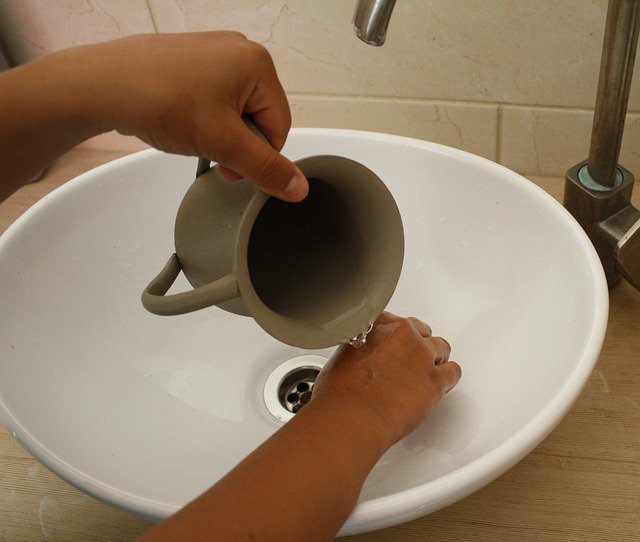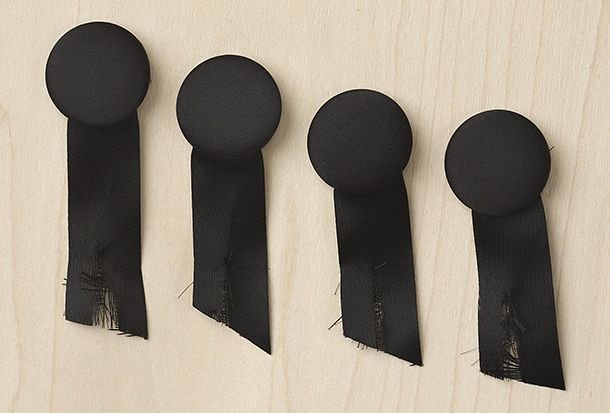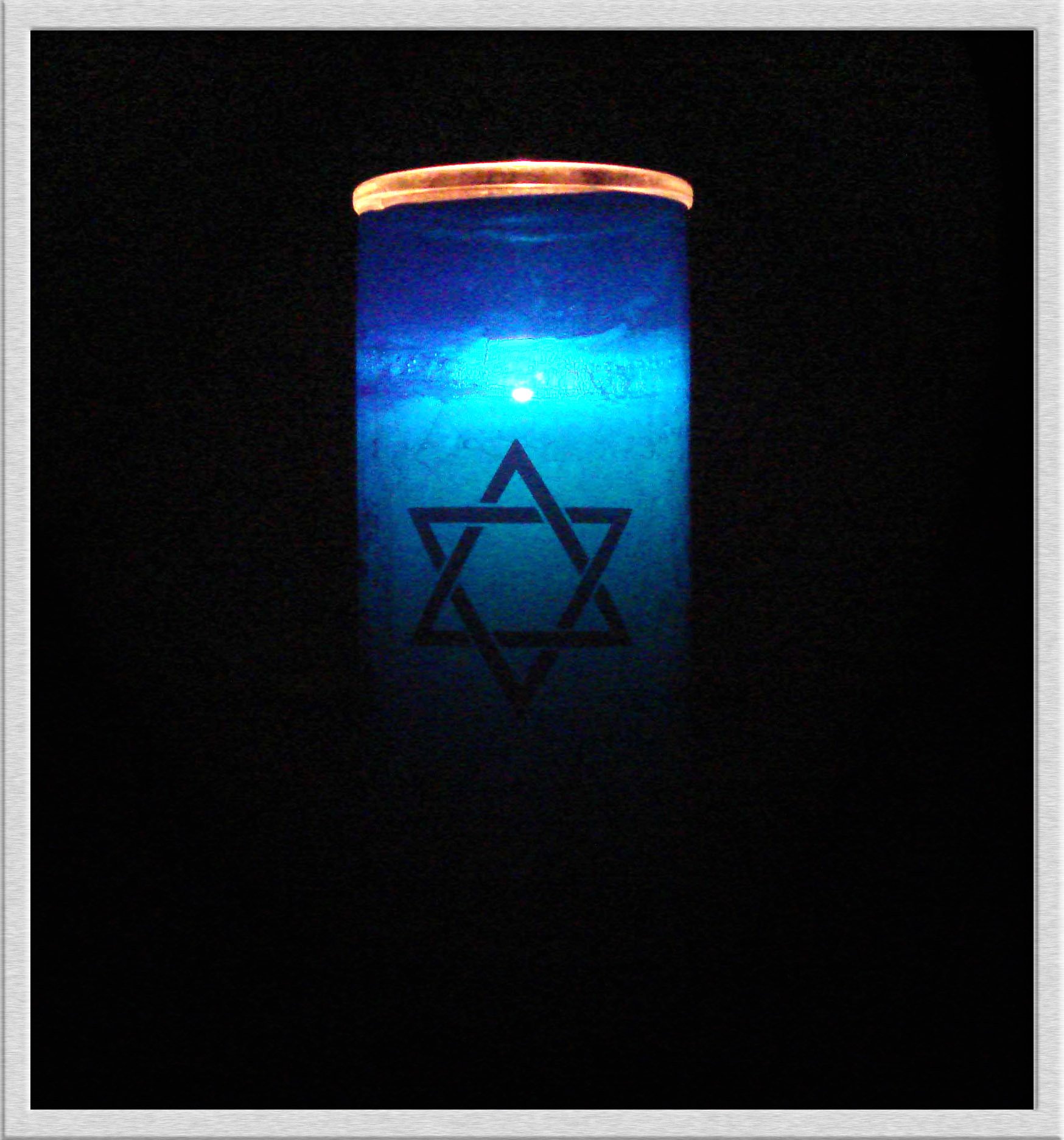Tahara and Sh’mirah
The Funeral Service
K’riyah
Taharah means purity. The deceased is washed thoroughly in preparation for the funeral. The deceased then often placed in a white garment. It is customary for the deceased not to be left alone until they are buried. Until the deceased can be buried, someone often sits sh’mirah, watch, for the deceased. These actions are traditionally performed by a Chevra Kadisha, a sacred society, who is trained in these rituals.
In our Tanach, we see several instances of the tearing of one’s clothing as a sign of mourning. Jacob tears his clothes when he hears that Joseph is dead, King David tears his clothes following the deaths of Saul and Jonathan, and Job tears his clothes while he is grieving for his children. As such, k’riyah, a ceremony for tearing one’s garments, is usually performed before the funeral ceremony. While some people still choose to tear their clothing, these days, it is more common to tear a ribbon which is pinned to one’s clothing. The ribbon is then worn for the first week of mourning (shiva).
A Jewish funeral service includes the recitation of Psalms, often Psalms 23 and 121. A hesped, or eulogy, is spoken by the officiant or loved one of the deceased, detailing the life of the deceased and sharing memories. Often, more than one loved one will speak about the deceased. The funeral service ends with Eil Malei Rachamim, God full of compassion, a prayer for laying the deceased to rest. If the service will not include a graveside component, Mourner’s Kaddish is recited. Traditionally, the deceased is placed in a plain pine casket.



Graveside Rituals
Hand Washing
Periods of Mourning
Once at the graveside, the deceased is placed in the ground with some soil from Israel, usually provided by the funeral home or the officiant. It is then customary for those in attendance, if they are comfortable, to place a shovel of dirt into the grave in order to help everyone say goodbye. The shovel is traditionally held upside down because it is difficult to say goodbye. Mourner’s Kaddish is traditionally recited by the family at the graveside.
According to Jewish tradition, it is customary to wash one’s hands after visiting a cemetery as a life-affirming ritual after being so close to death. When one attends a funeral reception or shiva call immediately after the funeral, the loved ones of the deceased will often place a bowl with a natla (hand washing pitcher) outside their home so that those who wish to wash their hands may do so.
For the first seven days after the funeral (shiva) constitute the most intense period of mourning. Mourner’s stay in their house, and their love ones visit, bringing food and comfort. Often, a member of the clergy will visit in the evening to officiate a minyan (small service), which gives the mourner’s the opportunity to recite the Mourner’s Kaddish. Traditionally, shiva is observed by immediate family members of the deceased, but often other loved ones choose to observe this period. After that, Mourner’s Kaddish is traditionally recited for thirty days by immediate family members of the deceased. During this time, mourner’s may choose to refrain from social activities. Then, for eleven months (shanah), the children of the deceased continue to recite mourner’s kaddish.